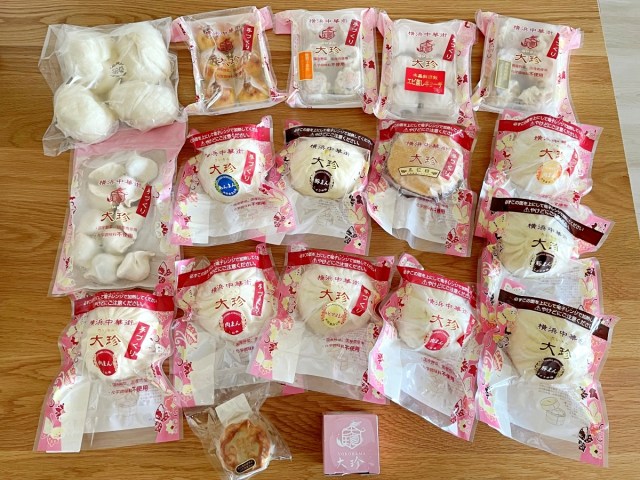
If you ask us, drowning in dumplings isn’t a bad way to go.
After the buckets of fun we had opening New Year’s lucky bags last month, all of our Japanese-language staff have been feeling pretty content and ready to sit back and relax until 2025 arrives. However, just recently, our reporter Ahiruneko received a message from a reader requesting that he open a lucky box from a well-known Chinese dim sum restaurant in Yokohama’s Chinatown. Not wanting to disappoint, he immediately looked into placing an order.
The store in question was Daichin Kitchen, the online outlet marketplace for the Daichinro restaurant that was established in 1947 in Chinatown. Located extremely close to Chinatown’s prominent Zenrinmon Gate, this place offers all manner of dim sum and has an especially popular line of chukaman, or Chinese-style steamed buns.
▼ In fact, Ahiruneko looked at a previously featured photo of Zenrinmon Gate on our site…
▼ …and sure enough, there was the sign for Daichinro lit-up in red in the background.
All manner of dim sum and other Chinese snacks, as well as sets of factory seconds for a discounted price, can be ordered on the Daichin Kitchen online marketplace. For this assignment, Ahiruneko selected the small-sized omakase [“leave-it-to-us”] outlet lucky box for 6,000 yen (US$40). This one was supposed to contain products with some manner of factory defect that meant they couldn’t be sold regularly. The box quickly arrived at his doorstep via refrigerated delivery.
The moment Ahiruneko opened the box, he experienced a slight panic attack. He’d read that this particular box was geared towards two people, but it was still packed with wildly more food than he’d expected to receive.
Ahiruneko slowly began to unpack the chukaman, gyoza, shumai, and other items that were almost overflowing from inside. It felt like he had just bought a bulk order of frozen Chinese food at Costco, and he was worried that his fridge wouldn’t even be big enough to hold it all. He decided that the best next thing to do was take stock of everything.
First up were three salt-flavored nikuman (Chinese-style steamed buns with a meat filling). Apparently, Daichinro’s restaurant was the first one in Yokohama’s Chinatown to offer takeout nikuman back in the day, so he had high hopes for these to be quite drool-worthy.
Next were three soy sauce-flavored butaman (steamed buns with a pork filling)…
…followed by a fukahire (shark fin) nikuman and an ebi mayo (shrimp mayonnaise) steamed bun.
The ma lai go (Chinese-styled steamed sponge cake) and anman (steamed bun with an anko filling) looked particularly delectable.
He couldn’t wait to sink his teeth into the soft hanamaki (Mandarin steamed rolls).
It wasn’t the traditional season for eating the azuki butter mooncake, but that wouldn’t stop him from enjoying it.
He then began sorting the various packs of gyoza he received. This one contained basic boiled gyoza.
That was followed by shrimp steamed gyoza and shark fin steamed gyoza as well as shrimp shumai with crab egg topping and a Chinese-style madeleine-like sweet.
Last but not least was a jar of Daichinro’s popular mango pudding.
All in all, there were 18 items in the outlet lucky box. Apparently the contents of this box also change depending on the season and remaining stock of individual items, but Ahiruneko felt that he had scored a decent mix of items. The most important question in his mind at the moment was whether everything would actually fit in his freezer.
Thankfully, after a few minutes of desperately creating some shelf space, he emerged victoriously–but it was definitely cutting it close.
The bags of gyoza and shumai were fine where they were with their relatively smaller size, but Ahiruneko was basically left shoving the steamed buns indiscriminately into any remaining openings he could find. He’d definitely have to eat some of them up quickly or else he wouldn’t be able to buy anything else at the store for a long time.
That said, he promptly began heating up a steamed bun in the microwave. This part was super easy–he could even leave it in its original packaging.
After three minutes at 500 watts, the bun emerged pipping hot and ready to eat.
Its dough was thick and fluffy with generous fillings. It had a gentle flavor, and the cabbage and onions added a pleasant crunch to each bite.
He then proceeded to heat up some gyoza and shumai using the steam function on his microwave. The shrimp shumai with crab egg topping in particular were plump and juicy, and he was able to down them all very quickly.
Eating all of these goodies made him feel like his tongue had been transported to Chinatown.
At the end of the day, Ahiruneko probably could have done with fewer steamed buns and more small dim sum dishes, but the value of the items he received was very good for its price. He was also left wondering what exactly was defective about these factory seconds when they looked and tasted so darn good.
If you now have a craving for nikuman but can’t make it to Yokohama, perhaps this specialty shop in Tokyo’s Chinatown would be easier to access and still satisfy that craving.
Reference: Daichin Kitchen
All images © SoraNews24
● Want to hear about SoraNews24’s latest articles as soon as they’re published? Follow us on Facebook and Twitter!
[ Read in Japanese ]

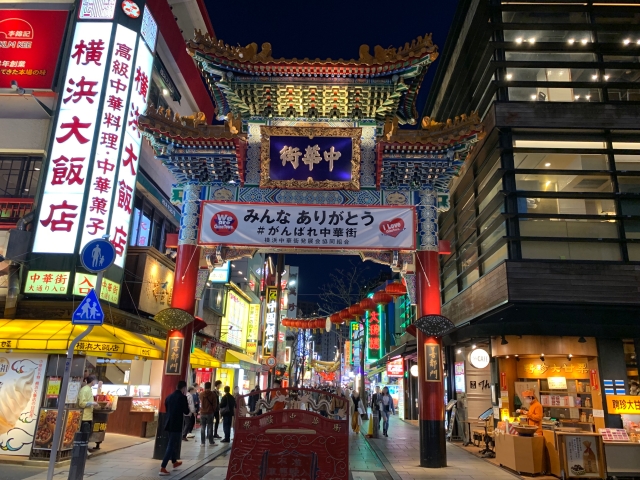
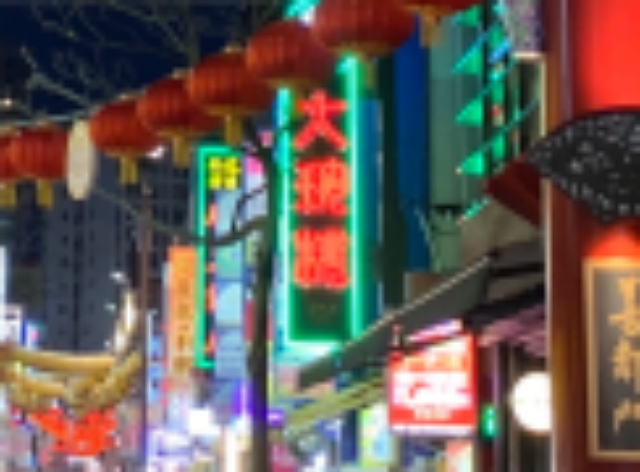
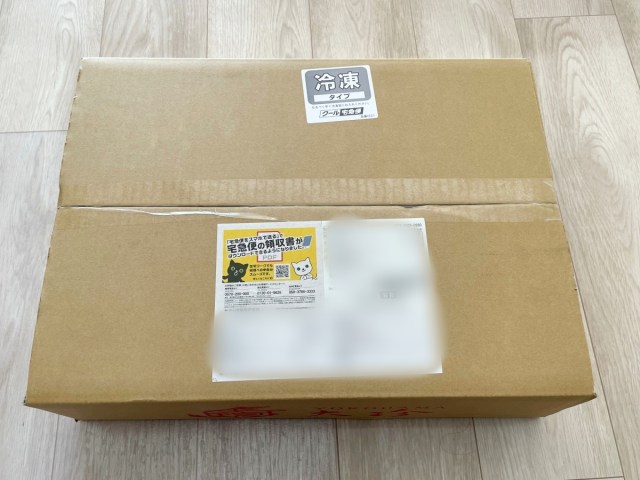
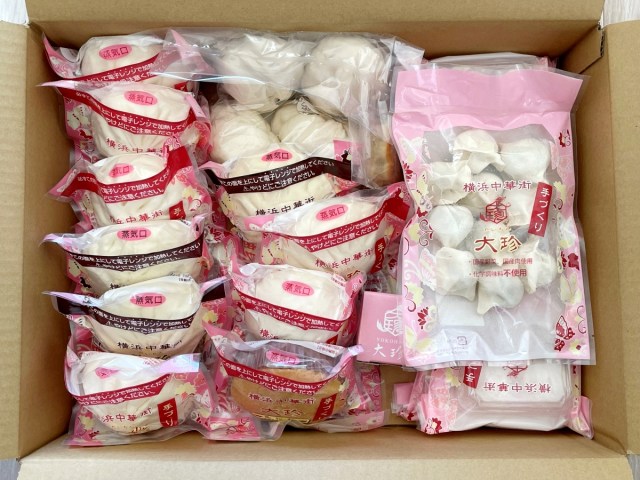
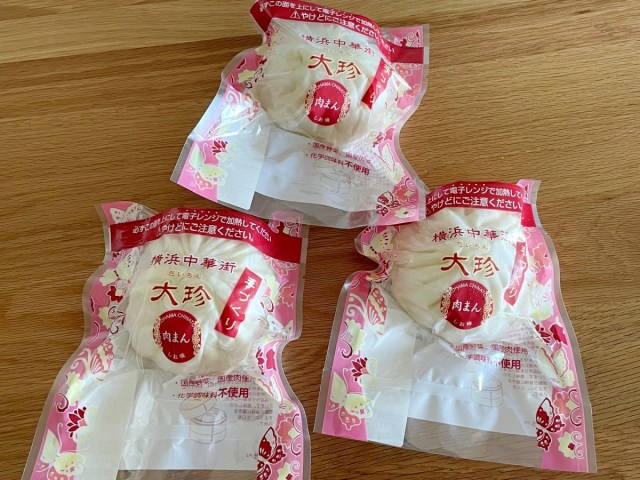
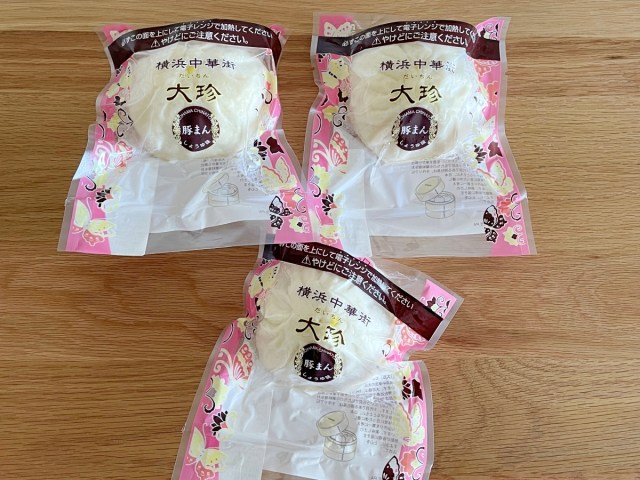
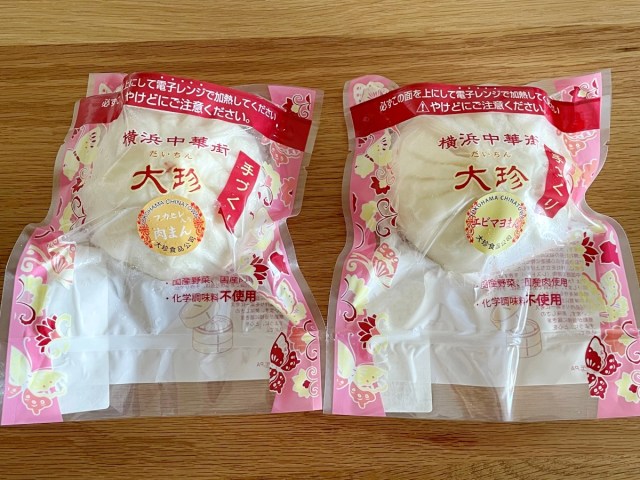
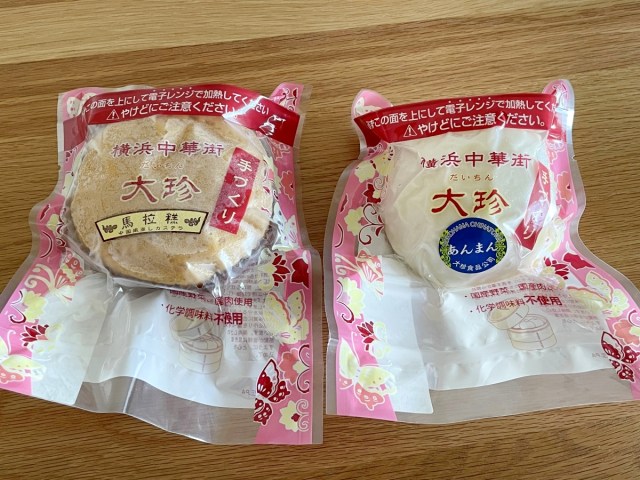
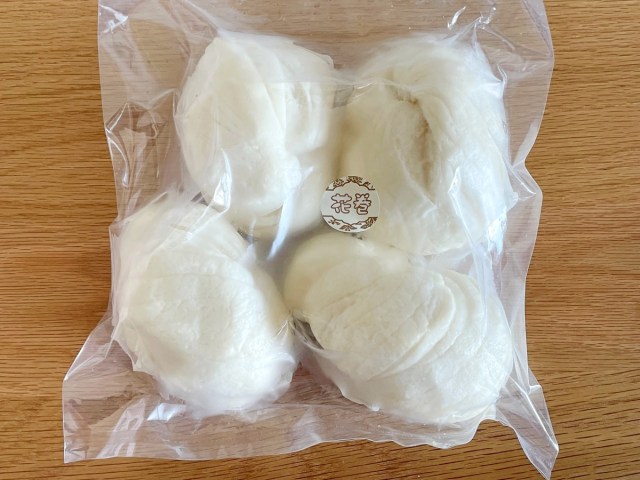
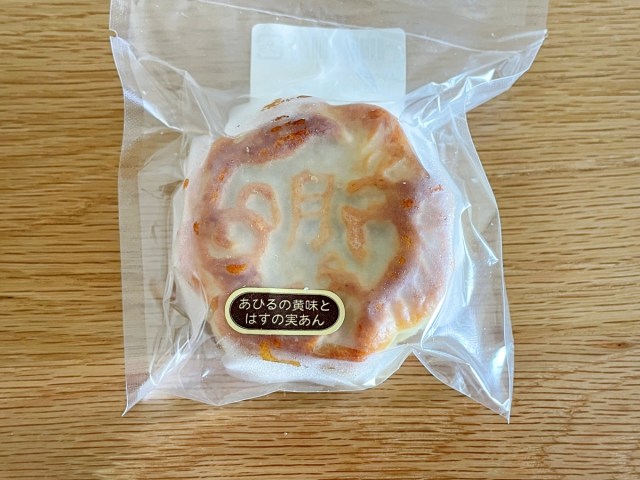
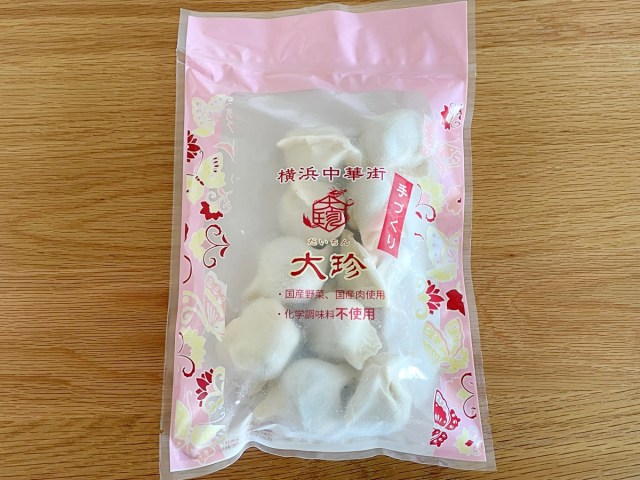
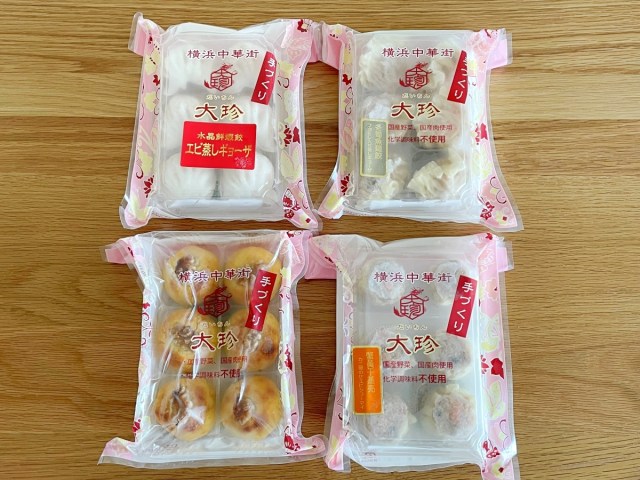
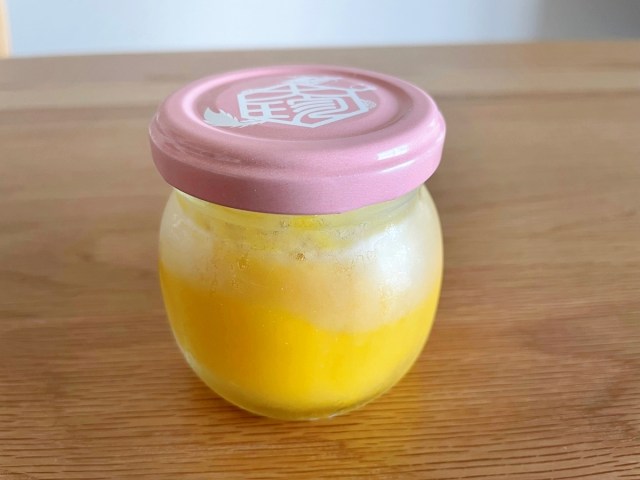
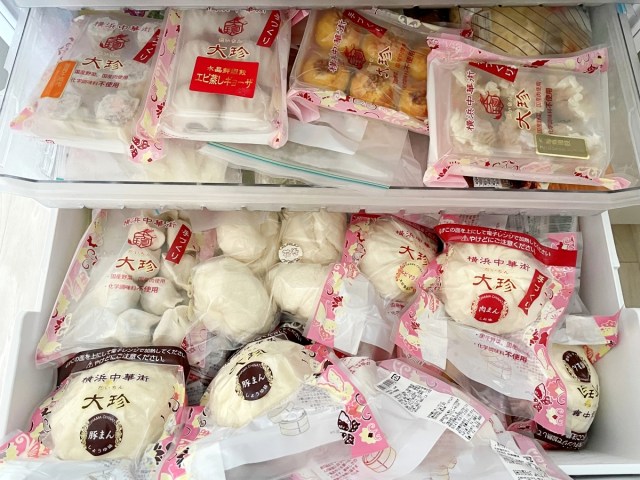
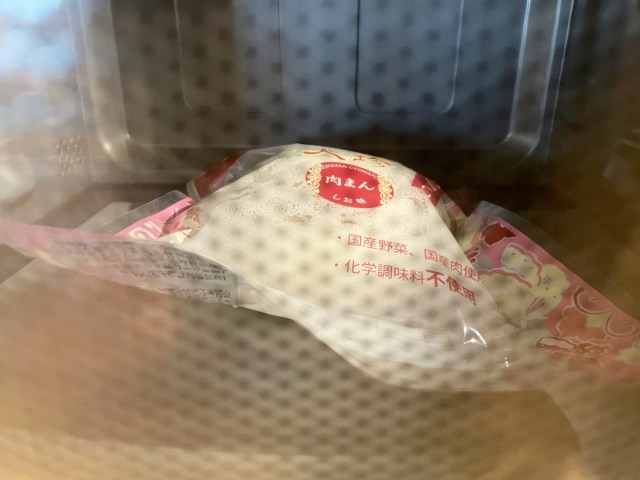
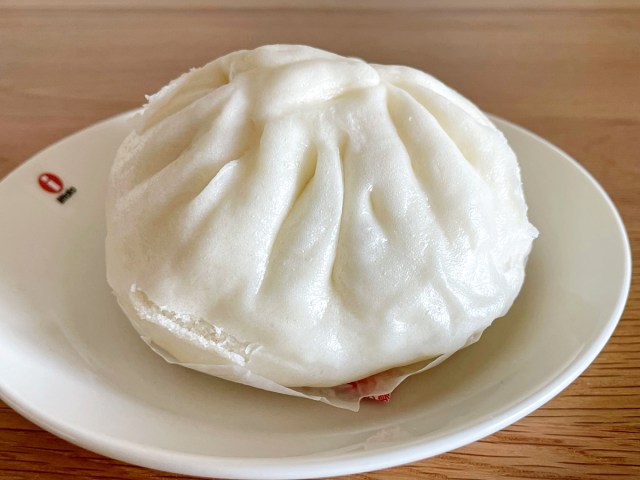
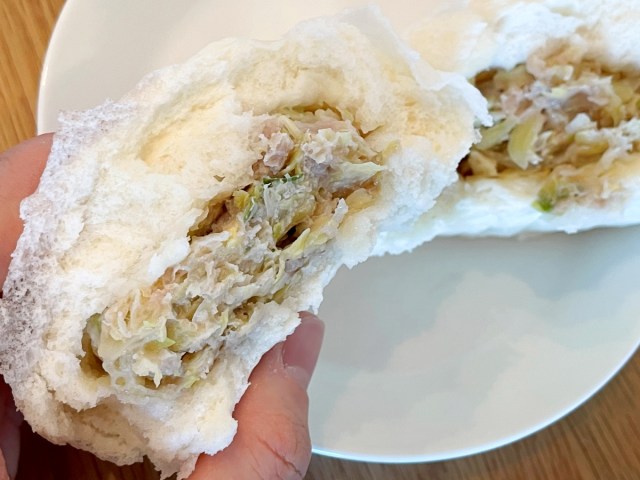
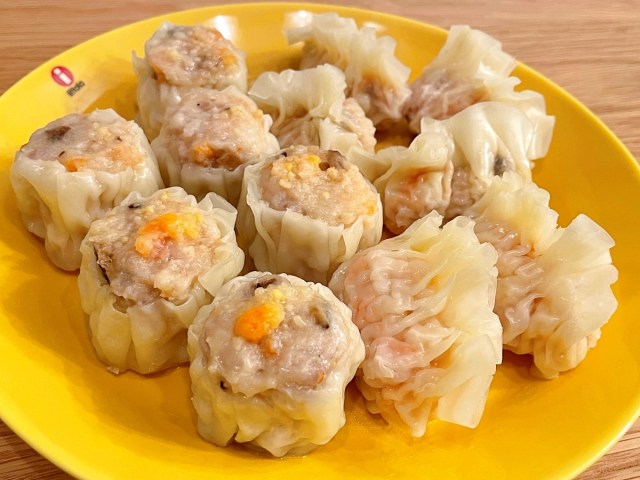
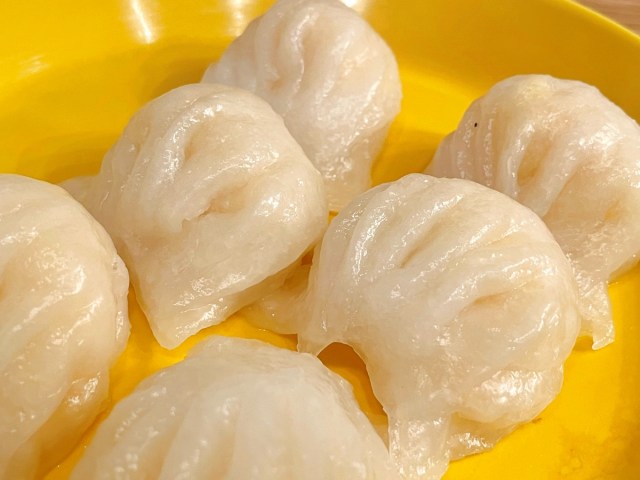
 Shop in Tokyo’s Chinatown has TWENTY kinds of delicious homemade steamed buns
Shop in Tokyo’s Chinatown has TWENTY kinds of delicious homemade steamed buns We order a “Mystery Lucky Bag of Imperfect Goods” through Amazon, end up with a pile of crab
We order a “Mystery Lucky Bag of Imperfect Goods” through Amazon, end up with a pile of crab Giant “mini” shumai full of normal shumai dumplings sold at Kiyoken
Giant “mini” shumai full of normal shumai dumplings sold at Kiyoken We eat Chinese food inspired by Demae Itcho instant ramen to celebrate its 55-year anniversary
We eat Chinese food inspired by Demae Itcho instant ramen to celebrate its 55-year anniversary Osaka Ohsho’s Food Loss Reduction Eco Lucky Bag a sleeper hit of 2024 fukubukuro season
Osaka Ohsho’s Food Loss Reduction Eco Lucky Bag a sleeper hit of 2024 fukubukuro season Foreigner’s request for help in Tokyo makes us sad for the state of society
Foreigner’s request for help in Tokyo makes us sad for the state of society Seaside scenery, history, and so many desserts on Yokohama’s Akai Kutsu【Japan Loop Buses】
Seaside scenery, history, and so many desserts on Yokohama’s Akai Kutsu【Japan Loop Buses】 Japanese city loses residents’ personal data, which was on paper being transported on a windy day
Japanese city loses residents’ personal data, which was on paper being transported on a windy day Smash Bros. director Sakurai stabs Kirby in the face, has delicious justification for it
Smash Bros. director Sakurai stabs Kirby in the face, has delicious justification for it Suntory x Super Mario collaboration creates a clever way to transform into Mario【Videos】
Suntory x Super Mario collaboration creates a clever way to transform into Mario【Videos】 New giant Pokémon plushie is so big it looks like it could eat you【Photos】
New giant Pokémon plushie is so big it looks like it could eat you【Photos】 W.T.F. Japan: Top 5 most difficult Japanese tongue twisters (with videos!) 【Weird Top Five】
W.T.F. Japan: Top 5 most difficult Japanese tongue twisters (with videos!) 【Weird Top Five】 Japanese woman stumbles on the power of the infamous “gaijin seat” phenomenon during flight
Japanese woman stumbles on the power of the infamous “gaijin seat” phenomenon during flight The results are in! One Piece World Top 100 characters chosen in global poll
The results are in! One Piece World Top 100 characters chosen in global poll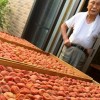 How to make epic umeboshi like a Japanese grandpa
How to make epic umeboshi like a Japanese grandpa McDonald’s new Happy Meals offer up cute and practical Sanrio lifestyle goods
McDonald’s new Happy Meals offer up cute and practical Sanrio lifestyle goods Japanese ramen restaurants under pressure from new yen banknotes
Japanese ramen restaurants under pressure from new yen banknotes French Fries Bread in Tokyo’s Shibuya becomes a hit on social media
French Fries Bread in Tokyo’s Shibuya becomes a hit on social media Studio Ghibli releases new action figures featuring Nausicaä of the Valley of the Wind characters
Studio Ghibli releases new action figures featuring Nausicaä of the Valley of the Wind characters Red light district sushi restaurant in Tokyo shows us just how wrong we were about it
Red light district sushi restaurant in Tokyo shows us just how wrong we were about it New private rooms on Tokaido Shinkansen change the way we travel from Tokyo to Kyoto
New private rooms on Tokaido Shinkansen change the way we travel from Tokyo to Kyoto Tokyo Tsukiji fish market site to be redeveloped with 50,000-seat stadium, hotel, shopping center
Tokyo Tsukiji fish market site to be redeveloped with 50,000-seat stadium, hotel, shopping center Beautiful Ghibli sealing wax kits let you create accessories and elegant letter decorations【Pics】
Beautiful Ghibli sealing wax kits let you create accessories and elegant letter decorations【Pics】 Studio Ghibli releases Kiki’s Delivery Service chocolate cake pouches in Japan
Studio Ghibli releases Kiki’s Delivery Service chocolate cake pouches in Japan New definition of “Japanese whiskey” goes into effect to prevent fakes from fooling overseas buyers
New definition of “Japanese whiskey” goes into effect to prevent fakes from fooling overseas buyers Our Japanese reporter visits Costco in the U.S., finds super American and very Japanese things
Our Japanese reporter visits Costco in the U.S., finds super American and very Japanese things All-you-can-drink Starbucks and amazing views part of Tokyo’s new 170 meter-high sky lounge
All-you-can-drink Starbucks and amazing views part of Tokyo’s new 170 meter-high sky lounge More foreign tourists than ever before in history visited Japan last month
More foreign tourists than ever before in history visited Japan last month New Pokémon cakes let you eat your way through Pikachu and all the Eevee evolutions
New Pokémon cakes let you eat your way through Pikachu and all the Eevee evolutions Disney princesses get official manga makeovers for Manga Princess Cafe opening in Tokyo
Disney princesses get official manga makeovers for Manga Princess Cafe opening in Tokyo Sales of Japan’s most convenient train ticket/shopping payment cards suspended indefinitely
Sales of Japan’s most convenient train ticket/shopping payment cards suspended indefinitely Sold-out Studio Ghibli desktop humidifiers are back so Totoro can help you through the dry season
Sold-out Studio Ghibli desktop humidifiers are back so Totoro can help you through the dry season Japanese government to make first change to romanization spelling rules since the 1950s
Japanese government to make first change to romanization spelling rules since the 1950s Ghibli founders Toshio Suzuki and Hayao Miyazaki contribute to Japanese whisky Totoro label design
Ghibli founders Toshio Suzuki and Hayao Miyazaki contribute to Japanese whisky Totoro label design Doraemon found buried at sea as scene from 1993 anime becomes real life【Photos】
Doraemon found buried at sea as scene from 1993 anime becomes real life【Photos】 Tokyo’s most famous Starbucks is closed
Tokyo’s most famous Starbucks is closed One Piece characters’ nationalities revealed, but fans have mixed opinions
One Piece characters’ nationalities revealed, but fans have mixed opinions We asked a Uniqlo employee what four things we should buy and their suggestions didn’t disappoint
We asked a Uniqlo employee what four things we should buy and their suggestions didn’t disappoint Princesses, fruits, and blacksmiths: Study reveals the 30 most unusual family names in Japan
Princesses, fruits, and blacksmiths: Study reveals the 30 most unusual family names in Japan Mr. Sato gorges on Michelin-quality dim sum for his birthday, eats like a king for cheap
Mr. Sato gorges on Michelin-quality dim sum for his birthday, eats like a king for cheap Our writer falls victim to Katsuya’s new Full Power Egg
Our writer falls victim to Katsuya’s new Full Power Egg Meatless meat buns fill Japanese Internet with joy
Meatless meat buns fill Japanese Internet with joy Vending machine that serves handmade gyoza found in Yokohama!
Vending machine that serves handmade gyoza found in Yokohama! Man or pan? Japan’s new meatless meat buns confuse our taste-tester
Man or pan? Japan’s new meatless meat buns confuse our taste-tester 7-Eleven’s new Ebiten tempura shrimp rice ball is premium in both taste AND cost
7-Eleven’s new Ebiten tempura shrimp rice ball is premium in both taste AND cost Which Japanese convenience store has the best steamed curry buns?【Taste test】
Which Japanese convenience store has the best steamed curry buns?【Taste test】 Gudetama the lazy egg is adorable … even as he poops and vomits! 【Video】
Gudetama the lazy egg is adorable … even as he poops and vomits! 【Video】 We investigate the half-priced beer at Sushiro that everyone is angry about
We investigate the half-priced beer at Sushiro that everyone is angry about Gyoza No Ohsho celebrates birthday with discounts on the weekend of 25 December
Gyoza No Ohsho celebrates birthday with discounts on the weekend of 25 December Bacon and Egg Sauce Katsudon: A new way to eat breakfast in Japan
Bacon and Egg Sauce Katsudon: A new way to eat breakfast in Japan Is it possible to make a cheap senbero drinking party with your dog? 【Japan’s Best Home Senbero】
Is it possible to make a cheap senbero drinking party with your dog? 【Japan’s Best Home Senbero】 When life gives you McDonald’s curry sauce, make…curry rice!
When life gives you McDonald’s curry sauce, make…curry rice! How should you use the small hiroen in a Japanese ryokan hotel room?
How should you use the small hiroen in a Japanese ryokan hotel room? Sushi birthday cake turns out to be the best present our reporter could’ve ever asked for
Sushi birthday cake turns out to be the best present our reporter could’ve ever asked for
Leave a Reply